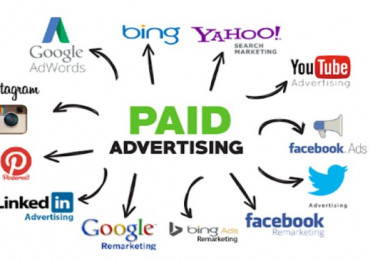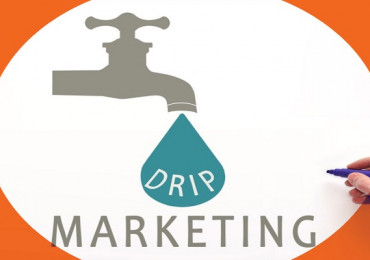
It is a strategy that uses augmented reality technology to enrich marketing experiences by integrating digital elements with the real world. This type of marketing involves integrating digital content, such as images, videos, and interactions, with the environment surrounding users via smart devices.
How does augmented reality marketing work:
1. Digital interaction: Augmented reality uses smartphone cameras or sensors to display digital information or elements on the actual items that the user sees.
2. Virtual experience: Allows users to experience products or services in an interactive way by interacting with 3D elements that appear on their device screens.
Modern examples:
1. Virtual beauty experience: Such as: Sephora Virtual Artist app allows users to virtually try cosmetics on their faces.
2. Furniture shopping: Such as: IKEA Place app allows customers to see how furniture pieces fit into their home spaces before purchasing.
3. Maps and tourist sites: Such as: Applications such as Google Maps use augmented reality to provide live walking directions by displaying signs and places on the phone screen.
Features and Benefits:
1. Immersive Interaction: Provides a direct interactive experience where users can interact with digital elements in their real-world environment.
2. Personalization: Allows experiences to be customized according to user preferences, enhancing the personalized experience.
3. Integration with Reality: Seamlessly integrates digital content with the physical environment, enhancing the experience in a natural and realistic way.
4. 3D Experience: Displays products and services in 3D detail, providing a clearer view of how they will be used.
Benefits:
1. Improved Customer Experience: Provides users with a more interactive and realistic experience, enhancing their satisfaction.
2. Increased Sales: Makes it easier for customers to make informed purchasing decisions, which can increase conversion rates.
3. Reduced Returns: Can reduce return rates by enabling customers to virtually try products before purchasing.
4. Enhanced Brand Engagement: Captures customer attention and encourages them to spend more time with the brand.
5. Innovative Marketing: Differentiates brands from competitors by offering unique and innovative experiences.
By using AR marketing, businesses can deliver more interactive marketing experiences and engage customers in new ways, strengthening the relationship between brand and customer.

30/08/2024

20/08/2024

25/08/2024

30/08/2024

30/08/2024

16/08/2024

15/08/2024

16/08/2024

01/09/2024

14/08/2024

26/08/2024

30/08/2024

30/08/2024

26/08/2024

31/08/2024

26/08/2024

20/08/2024

18/08/2024

15/08/2024

23/08/2024